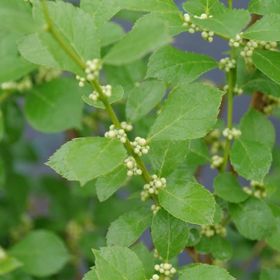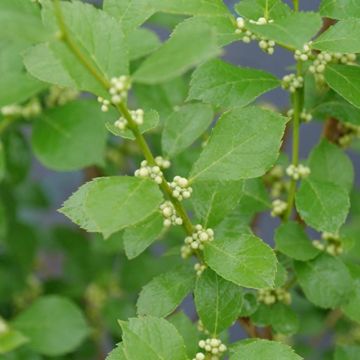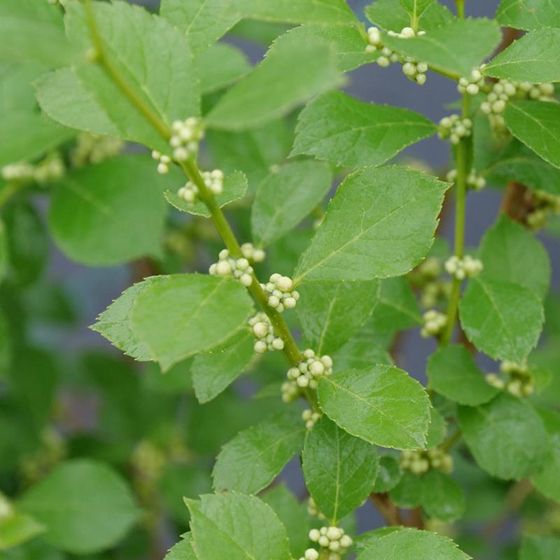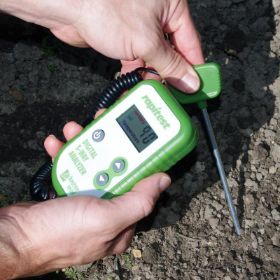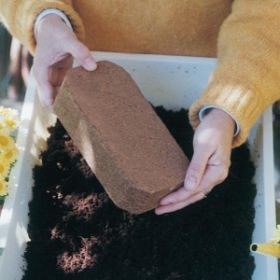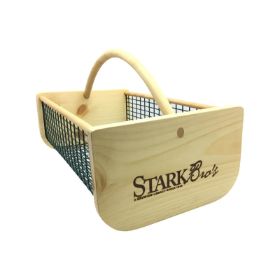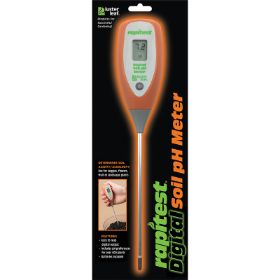Mr. Poppins® Winterberry
Description
About Mr. Poppins® Winterberry
Mr. Poppins® Winterberry (Ilex verticillata ‘FarrowMrP’) is a compact male selection, making it the ideal pollinator for Berry Poppins® and other early winterberry holly varieties. This space-saving dwarf variety reaches just 3-4 feet in height and width, allowing it to be tucked away in the landscape. While this male cultivar does not bear fruit, it is essential for pollinating female varieties to produce their vibrant berries.
How to Grow Mr. Poppins® Winterberry
Mr. Poppins® Winterberry thrives in full sun to partial sun and is hardy in USDA Zones 3-9, tolerating temperatures as low as -40°F. It grows well in wet soils and shaded conditions, making it versatile for various garden settings. This deciduous shrub blooms in spring with insignificant white flowers on old wood.
To ensure fruit production on female winterberry plants, plant one Mr. Poppins® for every 5-7 females within 50 feet of each other for optimal pollination. Mr. Poppins® prefers well-drained soils with a pH level of 5.6 – 6.2 and requires average to high watering. Minimal pruning is needed, but you can remove very old branches in early spring if they are no longer producing vigorous growth.
Add Mr. Poppins® Winterberry to your garden as the perfect pollinator for female winterberries, ensuring a bountiful display of berries in the winter. This native, deer-resistant plant is ideal for residential landscapes and enhances your garden with its compact size and essential pollination role.
May be covered by USPP #25,834 or other patents.
Characteristics
| Bloom Color | White |
| Bloom Time | Early |
| Hardiness Zone Range | 3 - 9 |
| Pollination | Self-Pollinating |
| Shade/Sun | Partial Shade - Full Sun |
| Soil Composition | Clay, Loamy |
| Soil Moisture | Well Drained - Moist |
| Soil pH Level | 5.6 - 6.2 |
Zone Compatibility
Pollination
This variety is self pollinating.
Tools & Supplies
Questions & Answers
Customer Reviews
Here are more items we think you'll love!
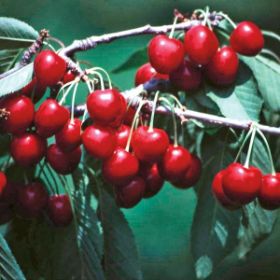 Van Sweet Cherry
$199.99
Van Sweet Cherry
$199.99
 On Sale
Starking® Delicious™ Peach
$59.99
A Stark® Exclusive!
On Sale
Starking® Delicious™ Peach
$59.99
A Stark® Exclusive!
 On Sale
Burbank™ July Elberta Peach
Starting at $45.99
A Stark® Exclusive!
On Sale
Burbank™ July Elberta Peach
Starting at $45.99
A Stark® Exclusive!
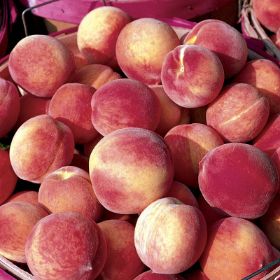 On Sale
Contender Peach
Starting at $39.99
On Sale
Contender Peach
Starting at $39.99
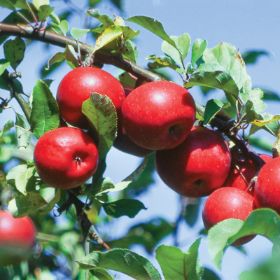 On Sale
Starkspur® Red Rome Beauty Apple
Starting at $29.99
A Stark® Exclusive!
On Sale
Starkspur® Red Rome Beauty Apple
Starting at $29.99
A Stark® Exclusive!
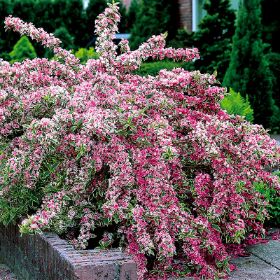 Variegated Weigela
$16.99
Variegated Weigela
$16.99

